The human brain has long been considered the most complex biological structure in the known universe, yet its deepest mysteries continue to elude even the most advanced neuroscientific research. In recent years, a provocative hypothesis has emerged from the intersection of quantum physics and cognitive science, suggesting that the brain's synaptic connections might operate not just through classical electrochemical signals, but through subtle quantum phenomena. This quantum synapse hypothesis challenges fundamental assumptions about how consciousness arises from neural tissue.
At the core of this theory lies the peculiar behavior of microtubules - protein structures within neurons that appear to maintain coherent quantum states far longer than expected in warm, wet biological environments. Early skepticism about quantum effects surviving in such conditions has gradually given way to serious consideration, as experimental evidence accumulates. The implications could revolutionize our understanding of memory formation, decision-making processes, and even the nature of subjective experience itself.
Traditional neuroscience views synaptic transmission as purely classical information transfer - electrical spikes triggering chemical releases across clearly defined gaps. However, measurements at the nanoscale reveal puzzling inconsistencies. Synaptic vesicles sometimes release neurotransmitters in fractions that don't match predicted probabilities, while certain cognitive phenomena like instantaneous insight or pattern recognition defy conventional neural network explanations. The quantum synapse model proposes that superposition states within microtubules allow parallel information processing that classical biology cannot account for.
Laboratories studying cultured neurons have observed peculiar energy patterns at synaptic clefts that resemble quantum tunneling effects. When researchers applied magnetic fields at specific frequencies, they could influence neurotransmitter release rates in ways that classical models couldn't predict. These findings don't necessarily prove quantum consciousness, but they do suggest that some neural processes operate beyond the boundaries of Newtonian physics. The brain might be exploiting quantum properties evolutionarily optimized over millions of years.
Critics argue that the brain's noisy, high-temperature environment would decohere any fragile quantum states before they could influence cognition. Yet proponents counter that biological systems have demonstrated remarkable capacities for maintaining quantum coherence - photosynthesis being the prime example where quantum effects persist surprisingly long in chaotic cellular environments. The synaptic hypothesis suggests neurons may have evolved similar protective mechanisms around critical information-processing structures.
If validated, this theory could explain several neurological enigmas. The extraordinary efficiency of human memory storage becomes more plausible if quantum superposition allows synaptic connections to exist in multiple potential states simultaneously. The famous "binding problem" of consciousness - how disparate neural signals integrate into unified experience - might find resolution through quantum entanglement between distant brain regions. Even free will debates take on new dimensions if neural decisions involve quantum probability collapses.
Experimental pathways are now emerging to test these ideas conclusively. Ultra-sensitive magnetoencephalography devices can detect faint electromagnetic signatures that might indicate quantum activity. Advanced quantum dot microscopy allows real-time observation of potential coherence in living neural tissue. Some research groups are attempting to induce and measure quantum effects in synthetic synapses grown from stem cells, creating controlled experimental systems.
The philosophical ramifications are as profound as the scientific ones. A quantum basis for synaptic function blurs the line between physical processes and conscious experience in ways that challenge both reductionist materialism and dualist perspectives. It suggests mind and matter might not be separate categories, but different manifestations of information processing occurring at multiple physical scales simultaneously. This could bridge the notorious explanatory gap in consciousness studies.
Neuroscience stands at a fascinating crossroads. The quantum synapse hypothesis remains controversial, but it's driving innovative experiments and theoretical work regardless of its ultimate validity. As measurement technologies approach the quantum limits of sensitivity, we may soon know whether our thoughts literally play out at the boundary between classical and quantum reality. The answer could redefine what it means to be a biological information-processing system in a physical universe.
What makes this theory particularly compelling is its potential to unify phenomena across scales - from the quantum interactions of subatomic particles to the vast complexity of human cognition. Unlike classical computational models of the brain, the quantum approach doesn't require implausibly massive neural networks to account for consciousness. Instead, it suggests nature found an elegant solution through quantum enhancement of biological wetware.
The coming decade will likely see decisive evidence emerge as quantum biology matures into a rigorous discipline. Whether the quantum synapse hypothesis survives intact, gets modified, or gets replaced by better explanations, it has already expanded neuroscience's conceptual horizons. In the quest to understand the mind, we may need to embrace both the squishy biology of neurons and the strange physics of the very small - for they might be far more intimately connected than we ever imagined.

By Thomas Roberts/Apr 19, 2025

By Michael Brown/Apr 19, 2025
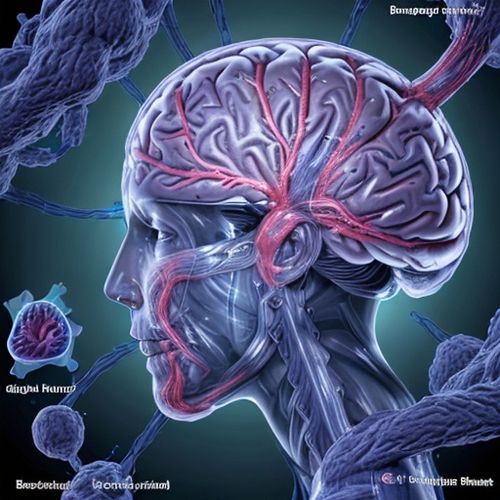
By Victoria Gonzalez/Apr 19, 2025

By Benjamin Evans/Apr 19, 2025
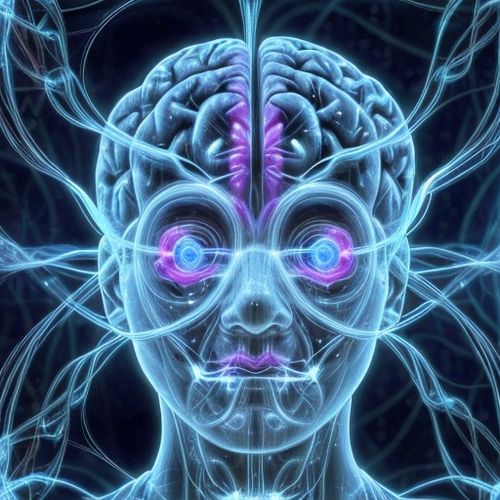
By Eric Ward/Apr 19, 2025
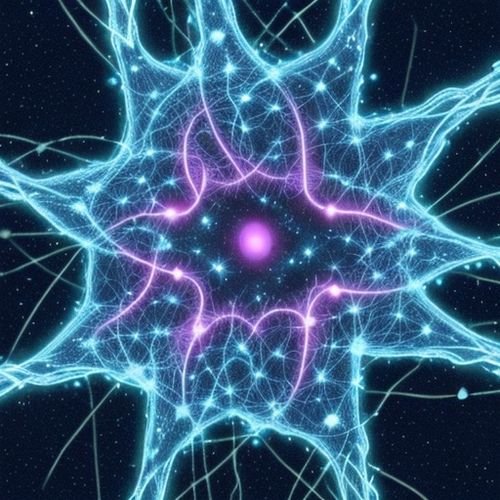
By Emily Johnson/Apr 19, 2025
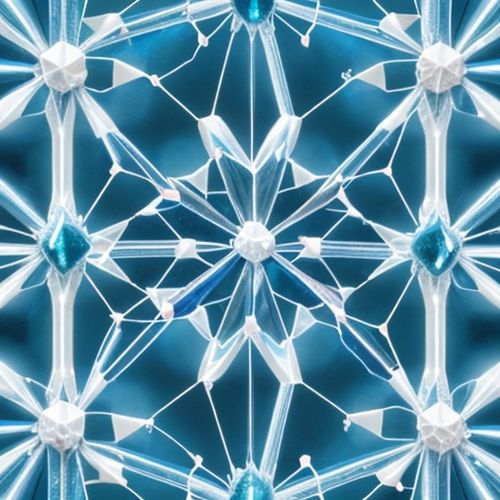
By David Anderson/Apr 19, 2025

By Olivia Reed/Apr 19, 2025
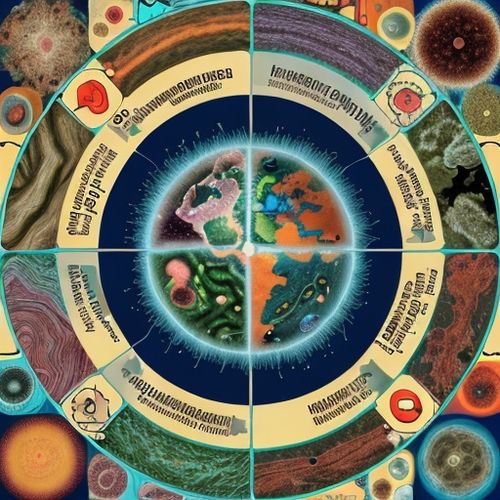
By Emma Thompson/Apr 19, 2025

By William Miller/Apr 19, 2025
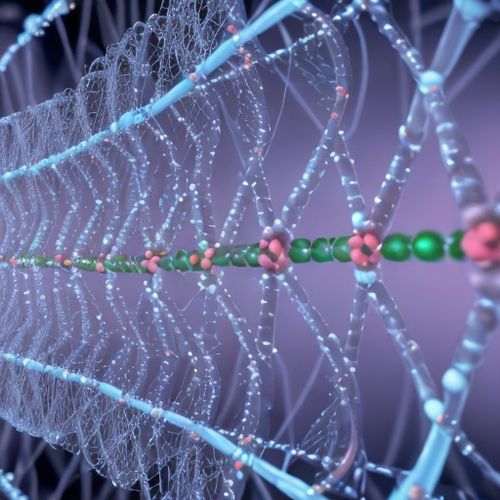
By Laura Wilson/Apr 19, 2025
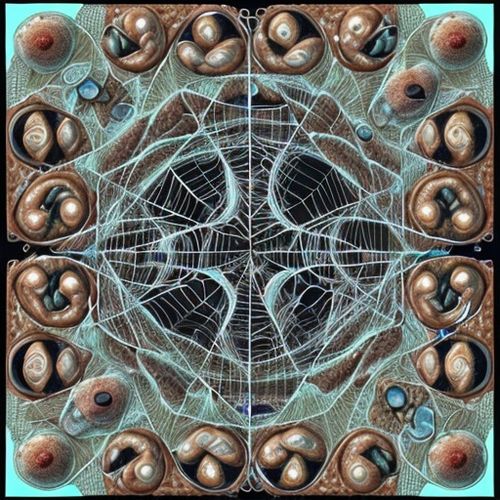
By Emma Thompson/Apr 19, 2025

By John Smith/Apr 19, 2025

By John Smith/Apr 19, 2025
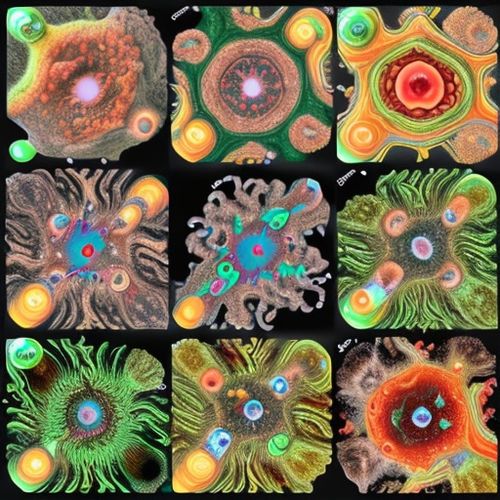
By James Moore/Apr 19, 2025
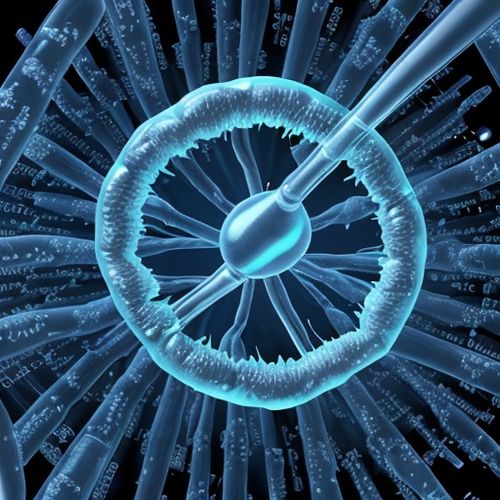
By Michael Brown/Apr 19, 2025

By John Smith/Apr 19, 2025

By Noah Bell/Apr 19, 2025

By Emma Thompson/Apr 19, 2025

By Benjamin Evans/Apr 19, 2025